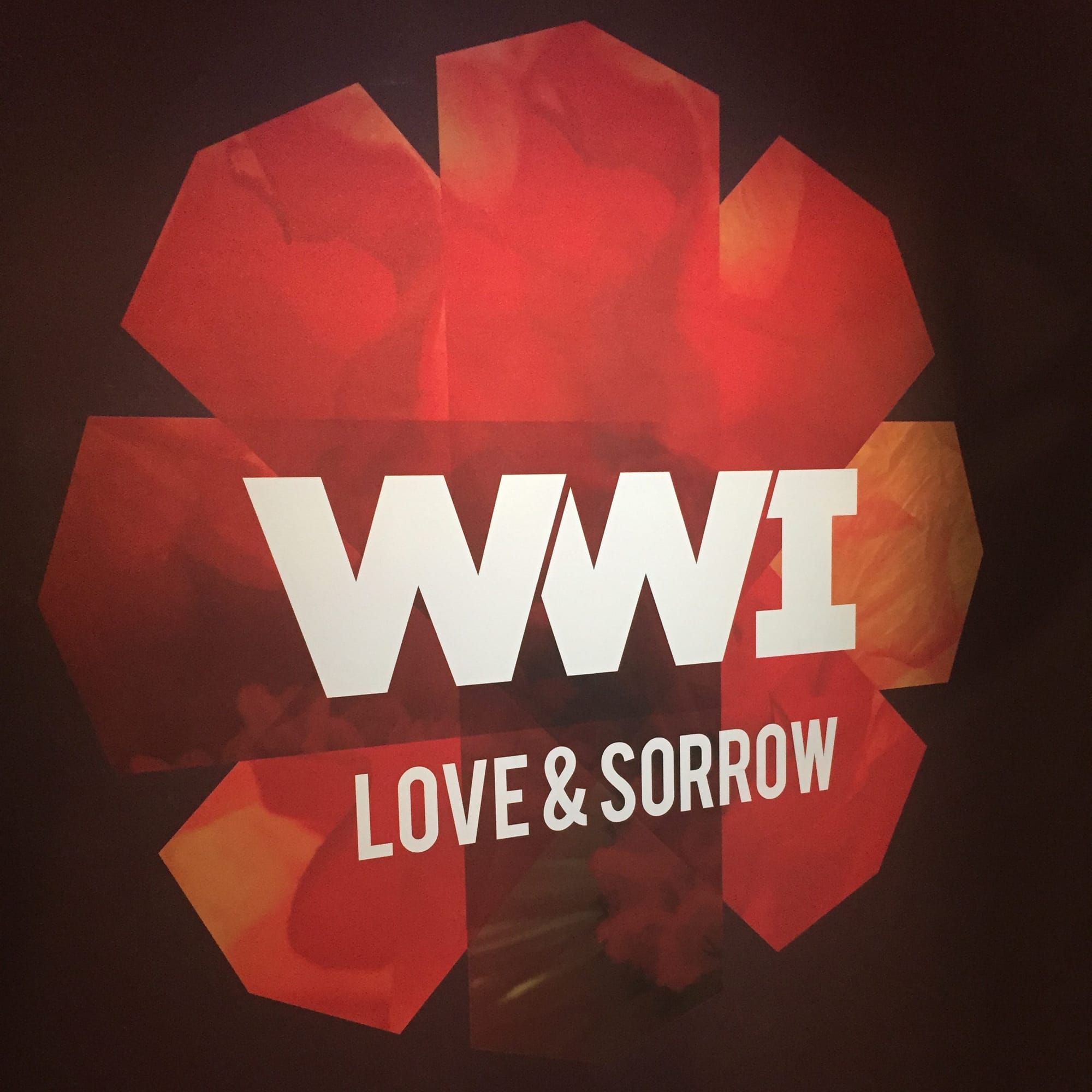Love and sorrow: a war in review
🔗 [SYSTEM UPDATE] Link found. Timestamp incremented on 2025-11-26 13:55:13.An exhibition at Melbourne Museum is helping a new audience understand the enormity of World War I, as centenary commemorations continue.


By KATE MANI
World War I history, with its seemingly endless dates and death tolls, can be overwhelming and difficult to comprehend.
With the current wide range of events, expert historical commentary and publications commemorating the centenary of World War I, it’s easy to feel inadequate as a layperson to even broach the topic.
The Love and Sorrow exhibition at Melbourne Museum helps solve this problem. Visitors experience not only war history but human history. The exhibition begins with eight tableaux providing photos and background information of service personnel and their families.
We then follow the journeys of these servicemen and women on the battlefield and the home front and into ongoing post-war trauma.
An 18-year-old telegraph messenger from Ararat, two Indigenous brothers from Orbost, a nurse from Ballarat … the diversity of their circumstances reflects how the push to enlist touched all corners of society.
By approaching the war experience through individual stories, the exhibition presents history in a way that is accessible and meaningful to a contemporary audience.

War wounds took many forms and Love and Sorrow remembers an uncomfortable and often stigmatised area of injury: Men with Broken Faces.
This display focuses on the head and facial injuries that were sustained by one in eight Australian casualties. "Some man had had half his face literally blown to pieces, with the skin left hanging in shreds and the jawbones crushed to a pulp," nurse Catherine Black recorded.
These men not only required medical aid to physically reconstruct their faces but psychological support to rebuild their shattered self-esteem.
While this exhibit is confronting, it tells the worthwhile and little-known story of Queens Hospital in Sidcup, near London, where New Zealand surgeon Harold Gillies helped devise new ways to treat these external, and internal, injuries.
Post-war, Love and Sorrow shows it wasn’t just the soldiers who bore lifelong scars, and gives a voice and a face to the suffering mothers, wives and daughters of this period.
We learn that eight months after hearing her son Alex was missing In action in Bapaume, France, confirmation of his death saw Eliza Amery admitted to Royal Park Psychiatric Hospital, suffering delusions and senility. Instances of violence, depression and shell shock tore families apart as the ravages of war extended to domestic life in Australia.
The most striking display is the exhibition’s semi-circular installation of Glencorse Wood in Belgium. Glencorse Wood saw the end of the first battle of Ypres on 11 November 1914 and was once again decimated during the third battle of Ypres in 1917.

A sepia image of charred trees fades to a barren, pockmarked landscape coated in the thick fog that became synonymous with the Western Front. The bleak image regenerates to the lush green forest it is today, but the peace and birdsong of the wood is difficult to accept seeing the destruction that came before.
The installation is interactive; visitors’ movements cast shadows on the landscape, causing the images to transition. This technology is undeniably engaging, effectively portraying the destruction of the Ypres Salient in a visual, dynamic way which speaks to, and will absorb, a digitally oriented generation.
Love and Sorrow is as much a snapshot of early 20th century Australia, with its prejudices, bureaucratic insensitivities and changing role of women, as it is of World War I. A highly engaging and relevant social history, the messages of this exhibition will resonate far beyond just history students.
Love and Sorrow is open from 10am-5pm daily at Melbourne Museum and entrance is free for students. The exhibition will run until 2018, to coincide with the centenary of the end of the World War I.





